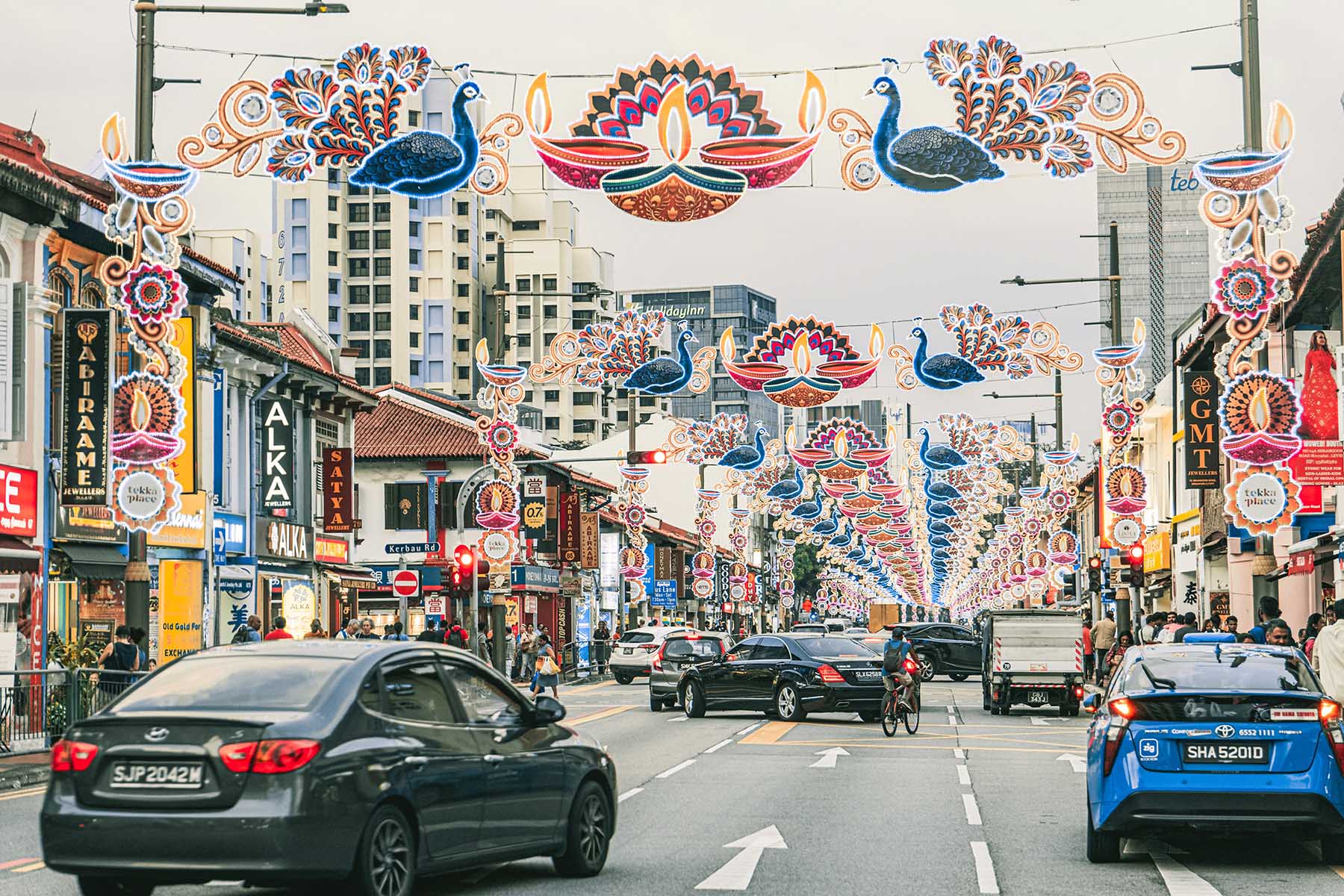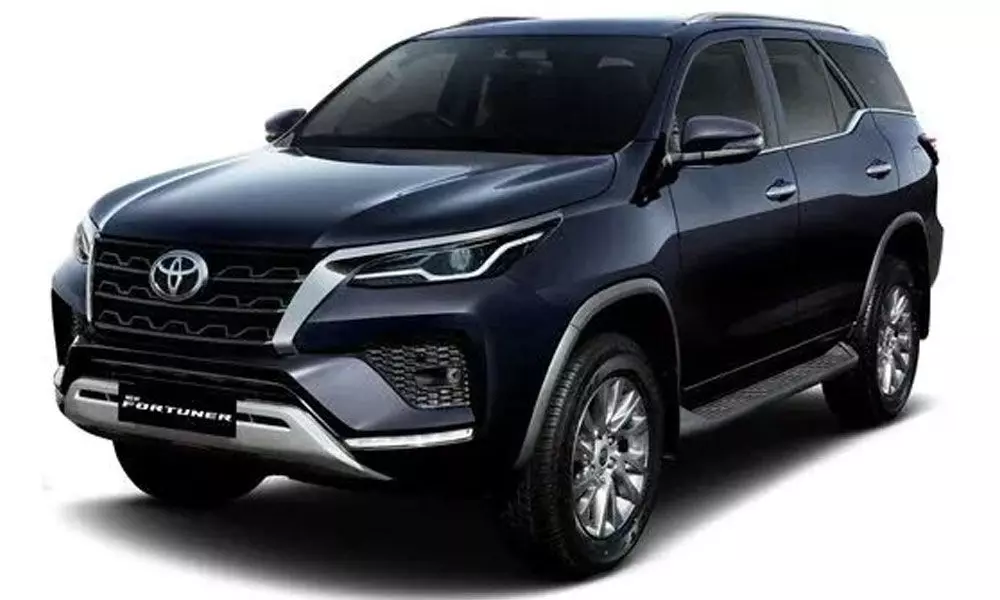When you collect keys from Singapore Car Rental, you’re not merely gaining access to a vehicle; you’re entering a system of roads governed by rules that reflect the city-state’s broader philosophy of order through enforcement. Singapore’s driving environment is, in many ways, a physical manifestation of its approach to governance: meticulously planned, strictly monitored, and surprisingly functional once you understand the underlying logic.
The island’s road system works precisely because deviation from its rules carries consequences that actually matter. This isn’t the sort of place where traffic regulations exist as gentle suggestions. Here, they function more like physical laws, and ignorance provides no immunity from the fines that follow transgression.
The Foundation: Driving Basics
Singapore drives on the left, a colonial inheritance that persists long after the British departed. For those accustomed to right-hand traffic, this requires genuine cognitive adjustment, particularly at roundabouts and when turning. The instinct to look the wrong way before pulling out has caused more near-misses than anyone cares to document.
Essential driving parameters:
- Speed limits range from 40 km/h in residential zones to 90 km/h on expressways, with cameras positioned at intervals that suggest omniscience
- Seat belts are compulsory for all passengers, front and rear, with fines of S$120 and three demerit points for non-compliance
- Mobile phone use whilst driving invites a S$1,000 fine and 12 demerit points, or six months’ imprisonment for repeat offenders
- The blood alcohol limit sits at 0.08%, though the wiser approach is simply not to combine drinking with driving in a jurisdiction this monitored
The penalties aren’t theoretical. Singapore’s enforcement infrastructure includes cameras, regular roadblocks, and a population that has internalized the notion that rules apply universally.
The ERP System: Congestion as a Priced Commodity
Singapore’s Electronic Road Pricing system treats road space as a limited resource subject to demand-based pricing. The concept is economically elegant and practically irritating until you appreciate what it prevents: the kind of paralytic congestion that afflicts less disciplined cities.
Understanding ERP:
- Gantries positioned at key entry points charge variable rates depending on time of day and traffic conditions
- Peak hours naturally cost more, encouraging those with flexibility to travel outside rush periods
- In-vehicle units (IU) automatically deduct charges from stored-value cards
- Rental vehicles from Singapore Car Rental come equipped with IU devices, though maintaining sufficient card value remains the driver’s responsibility
“Singapore Car Rental vehicles include the necessary ERP equipment,” explains one frequent user, “but forgetting to check your card balance before entering the CBD during morning peak transforms a minor expense into a bureaucratic inconvenience.”
The system works. Morning traffic in Singapore moves, which cannot be said for many cities of comparable density.
Certificate of Entitlement: The Context Behind Rental
Understanding why Singapore Car Rental makes economic sense requires grasping the COE system. Singapore limits vehicle population growth by requiring buyers to bid for certificates that grant permission to own a car for ten years. Current COE prices hover around S$100,000 for larger vehicles, which explains why ownership remains selective and rental remains sensible.
This policy creates roads that actually function. The trade-off between individual car ownership and collective mobility has been resolved decisively in favour of the latter, and the resulting traffic patterns reflect this priority.
Parking: A Perpetual Urban Challenge
Parking in Singapore operates on principles of scarcity and pricing. Central locations charge accordingly, whilst HDB car parks in residential areas offer relative affordability.
Parking essentials:
- Cashless parking has largely replaced coupon systems, requiring apps or stored-value cards
- Yellow zigzag lines mean absolutely no stopping, not even briefly for passenger discharge
- Double yellow lines prohibit parking at all times; single yellow lines impose time-specific restrictions
- Private car parks enforce terms that include wheel-clamping for violations
The parking app ecosystem in Singapore has evolved into something requiring its own learning curve. Multiple providers serve different car parks, which means preparation beats improvisation.
Local Driving Etiquette and Unwritten Rules
Beyond official regulations exist the informal codes that separate residents from visitors.
What experienced drivers know:
- Lane discipline on expressways is generally respected, with the rightmost lane reserved for overtaking
- Filtering at merges follows a surprisingly orderly pattern, though assertiveness helps
- Pedestrian crossings, particularly those without lights, require defensive driving as right-of-way interpretations vary
- Motorcycles occupy space between lanes during congestion; anticipate their presence
- Horn use remains restrained compared to neighbouring countries, deployed for actual warnings rather than emotional expression
“Singapore Car Rental customers benefit from understanding local driving culture,” notes one observer. “Aggression rarely accelerates progress, but hesitation creates confusion.”
Consequences: The Demerit Point System
Singapore tracks driving violations through demerit points that accumulate towards licence suspension. The system operates with mathematical precision:
- 24 points within 24 months triggers automatic suspension
- Points remain on record for two years from the date of offence
- Major violations, speeding 40 km/h over the limit for instance, carry 12 points
- Licence suspension periods range from 12 weeks upward
The threat isn’t abstract. Enough points genuinely result in losing driving privileges, which concentrates the mind wonderfully.
The Tourist Driver’s Perspective
Visitors using Singapore Car Rental encounter a driving environment that rewards attention and punishes carelessness with equal reliability. The roads themselves are well-maintained, signage is predominantly clear, and the system functions as designed.
What surprises many is how comprehensible it all becomes after initial adjustment. Singapore’s driving rules aren’t arbitrary; they’re logical extensions of urban planning priorities. Once you accept that the city treats road space as precious and rule violations as serious, the whole structure makes sense.
For those ready to navigate Singapore’s roads with confidence and awareness, click here.




